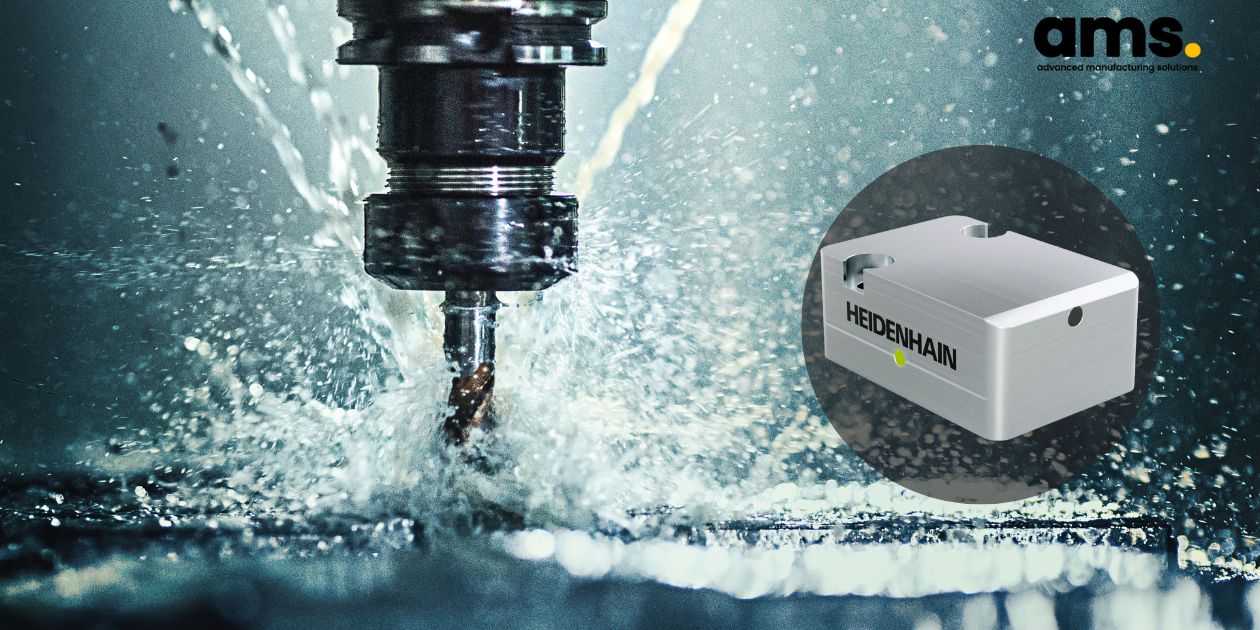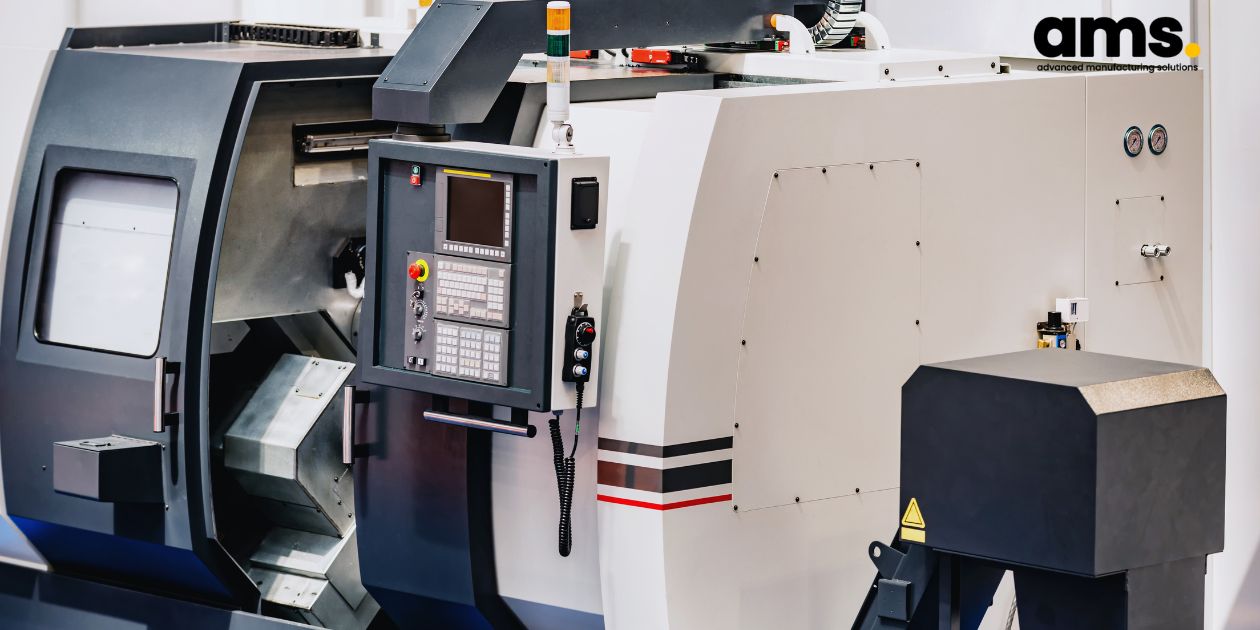Why CNC Machines Need Broken Tool Detection Sensors: 5 Reasons You Can't Ignore
Tool breakage detection sensors are becoming a go-to solution for modern manufacturers aiming to optimize production processes. These sensors help ensure final product quality, reduce machining errors, minimize material waste and time loss, and lower operational risks.
So, why do CNC machines need a tool breakage detection sensor? The detailed answer is explained in the article below, don't miss the 5 key reasons if you are a manufacturer working with CNC machining.

1. Causes of Tool Breakage in CNC Machining
Tool breakage is one of the most common issues in machining operations, and it can happen on any type of CNC machine. Understanding the root causes of tool breakage is essential for taking effective preventive measures.
-
Tool Wear: One of the main reasons tools break is due to wear and tear. Over time, cutting tools degrade under constant machining pressure. If worn tools are not replaced in time, they become prone to breakage, which can damage workpieces and, more seriously, pose safety risks for machine operators.
-
Sudden Machine Stop: Although rare, tool breakage can also occur when a machine stops abruptly either due to a malfunction or emergency stop. The abrupt halt may cause back force or a shock to the cutting tool, leading to immediate failure.
-
Improper Cutting Parameters: Cutting conditions such as feed rate, depth of cut, toolpath, coating, and machine rigidity are critical. When not properly configured, these parameters can cause excessive stress on the tool, resulting in breakage.
-
Poor Chip Evacuation: Chip evacuation is often overlooked. If chips are not cleared effectively, especially during deep or fast cuts, they may accumulate and cause the tool to jam or break.
-
Inadequate Tool Holder or Fixturing: Using the wrong tool holder or poorly fixed tooling can cause vibrations or instability during cutting. Even minor misalignments or improper clamping can lead to tool chatter, reduced tool life, and eventual breakage.
2. Consequences of not detecting tool breakage in time
-
Damaged workpiece - material loss
-
Damaged fixtures, spindle, or machine components
-
Increased machine downtime, reduced efficiency
-
Affected delivery schedule and company reputation
-
Risk of occupational safety hazards
3. Why can't CNC machines detect broken tools on their own?

Modern CNC machines are capable of executing complex machining cycles with high precision. However, most standard CNC models are not equipped with a reliable built-in tool breakage detection feature.
Common limitations include:
-
No direct sensor: The CNC controller cannot determine whether the tool is intact without the support of a dedicated sensor.
-
Relying on machining time or spindle current: Some machines estimate tool condition by measuring cutting time or spindle current. However, this method lacks accuracy and cannot respond promptly to sudden tool breakage.
-
Not suitable for unattended machining: In automated production environments, failure to detect tool breakage in time can lead to multiple defective workpieces, causing significant losses.
CNC machines simply cannot "see" a broken tool without the help of specialized sensors - this is a critical gap that must be addressed in modern production lines.
4. Tool Breakage Detection Sensor - An Essential Solution for Modern Production Facilities
A tool breakage detection sensor is a device designed to quickly and accurately identify broken or missing tools after each machining cycle. This is an indispensable technology in advanced manufacturing plants, especially in automated or unmanned machining lines. The sensor can operate based on various principles such as optical, mechanical contact, laser sensing, etc.
Investing in a tool breakage detection sensor is not only about risk prevention but also a proactive solution to improve production efficiency.
5. A Reliable Solution from Heidenhain - TD 110 Breakage Detector
To help customers easily implement tool breakage detection technology, AMS officially distributes the TD110 sensor - a compact, non-contact optical sensor that is easy to integrate and highly effective in detecting broken tools.
Key benefits of the TD110:
-
Non-contact tool breakage detection - stable operation without causing tool wear
-
Ultra-fast response time - detects breakage within milliseconds
-
Compact design - easy to install on various types of CNC machines
-
Compatible with various tools - suitable for drilling, milling, reaming, turning, etc.
-
Built-in LED indicator - allows quick status check by visual inspection
The TD110 is applicable across a wide range of CNC-based production fields: Mold making, precision parts machining, multi-axis machining centers, automated production lines, and more.
>> Xem thêm: What is the TD 110 Tool Breakage Sensor? Discover How the TD 110 Optimizes Time and Increases Machining Efficiency
6. Conclusion
In summary, CNC machines cannot independently detect tool breakage which makes tool breakage detection sensors essential for any modern production line. AMS is proud to offer the TD110 sensor, a reliable and easily integrated solution that helps optimize machining productivity. Contact the AMS team today for expert support and to find the right solution for your production needs!
AMS Company, Ltd.243/9/10D To Hien Thanh, Ward 13, District 10
Hot line: 028.3868 3738/3903 - Fax: 028.3868 3797
